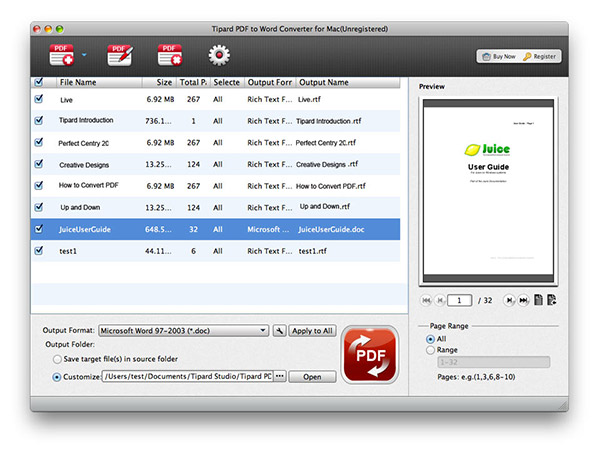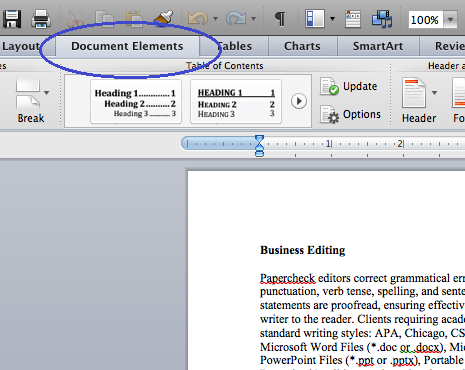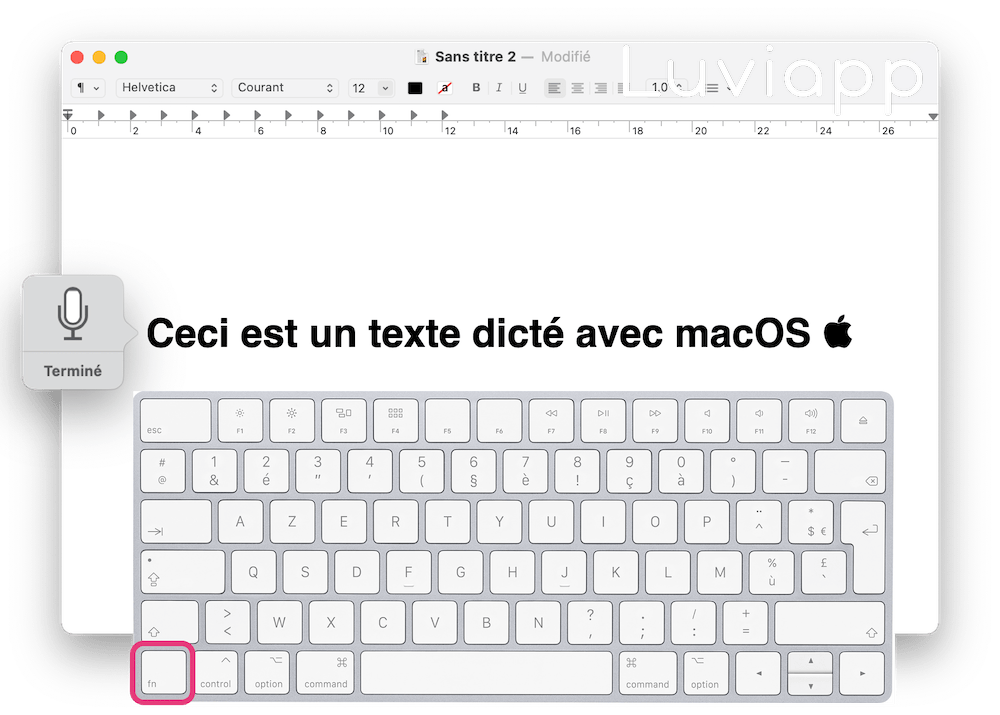

Sketchy shapes are available now for Insiders on Windows Desktop (1907 build 11901.20018) and Mac Insider Fast (v16.28 19070300). Sketchy as a Shape DefaultĪ Sketchy line style can be set at the default in the same way as any shape can become the default for new shapes. It would seem to be a simple and obvious extension of sketchy lines. Sketchy lines are NOT available as a border line style either for paragraph or page borders … at least not yet. Most Shapes are supported including Freeform Shape and Freeform Line which are grouped under Lines with other non-sketchy shapes. The workaround does not solve the strange omission of line arrows from Sketchy. That’s OK if you can draw a fairly straight line on the screen at all! Microsoft’s workaround is to draw a Freeform line then apply Sketchy to it. This could be a temporary Insider thing to be fixed before public release. Lines and single line arrows do NOT support Sketchy. Not all choices under Insert | Shapes support Sketchy lines. The outer border can be Sketchy but the outline of inner objects doesn’t support Sketchy at this stage. SmartArt doesn’t fully support Sketchy lines. With a few extra steps, Icons and SVG graphics can also get the Sketchy look.Īnything that can be converted into an Office shape, like an image or Icon can then get the Sketchy look.
#Word for mac moving text boxes plus#
Rectangles, Basic Shapes, Block Arrows, Equation Shapes, Flowchart, Stars and Banners plus Callouts support Sketchy Lines. These borders are being called ‘Sketchy Shapes’ but they don’t just apply to shapes but also text boxes in Word, Excel, PowerPoint and Outlook. Light Grey is a good choice for making Freehand or Scribble look more hand-drawn. Sketchy dots, dashes and colorsĬombine any of the Sketchy options with the dots, dashes, color and weight (line thickness) choices: Sometimes Sketchy is greyed out or not on the menu, as we’ll see later. They are available most places, but not all, you already see Outline options including the Shape Outline drop-down list and the Shape Format pane (via More Lines …) There are three Sketchy outline options with increasing wobbliness: Curved, Freehand and Scribble. Later the ‘sketchy’ lines are converted to straight lines with a few clicks. Sketchy Shapes are being promoted to mark a draft or ‘work in progress’ diagram. Sketchy gives some lighter, less strict options. Let’s see how it works plus some details and limitations that Microsoft hasn’t mentioned.Īll the existing outline options are straight and formal. It’s a nice little addition to Word, Excel, Powerpoint and Outlook. Microsoft calls these lines ‘Sketchy’ because they have a hand-drawn line look. Office for Windows/Mac is getting three new outline styles for the borders of shapes and text boxes. If you prefer a certain type of word wrapping and want to set it to be the default, you can do so by clicking “Set as Default Layout” at the bottom of the same menu.Thanks for joining us! You'll get a welcome message in a few moments. It’s only available for certain types of word wrapping. Tip: “Edit Wrap Points” allows you to specify the outline of the image to which the text should wrap. “Through” is similar to “Tight” however, if you also make use of the “Edit wrap points” functionality on the same menu, you can have the text wrap into whitespace inside an image. “Behind Text” overlays text over the image, conversely “In Front of Text” overlays the image on the text, obscuring it. “Top and Bottom” allows text to be wrapped above and below the image, but no text can appear on either side. “Tight” is very similar to “Square” for rectangular images, however, for images in other shapes, “Tight” will wrap text following the shape of the image. “Square” allows text to completely wrap around the image, above, below, to the left and right.

“In-Line with Text” is the default setting, and as described above, places the image at a specific point on a specific line. The word wrapping options are: “In Line with Text”, “Square”, “Tight”, “Through”, “Top and Bottom”, “Behind Text”, and “In Front of Text”. To configure the word wrapping settings, right-click an image, select “Wrap Text”, then select a wrapping option.

The effect will review in the document, although it will mostly depend on their already being text there to wrap around the image. Tip: You see how the text will wrap around the image by just hovering your mouse over each of the options.

To change the word wrapping of a specific image, right-click on it, click or hover your mouse over “Wrap Text” in the drop-down menu, then select your preferred word wrapping option for that image.


 0 kommentar(er)
0 kommentar(er)
